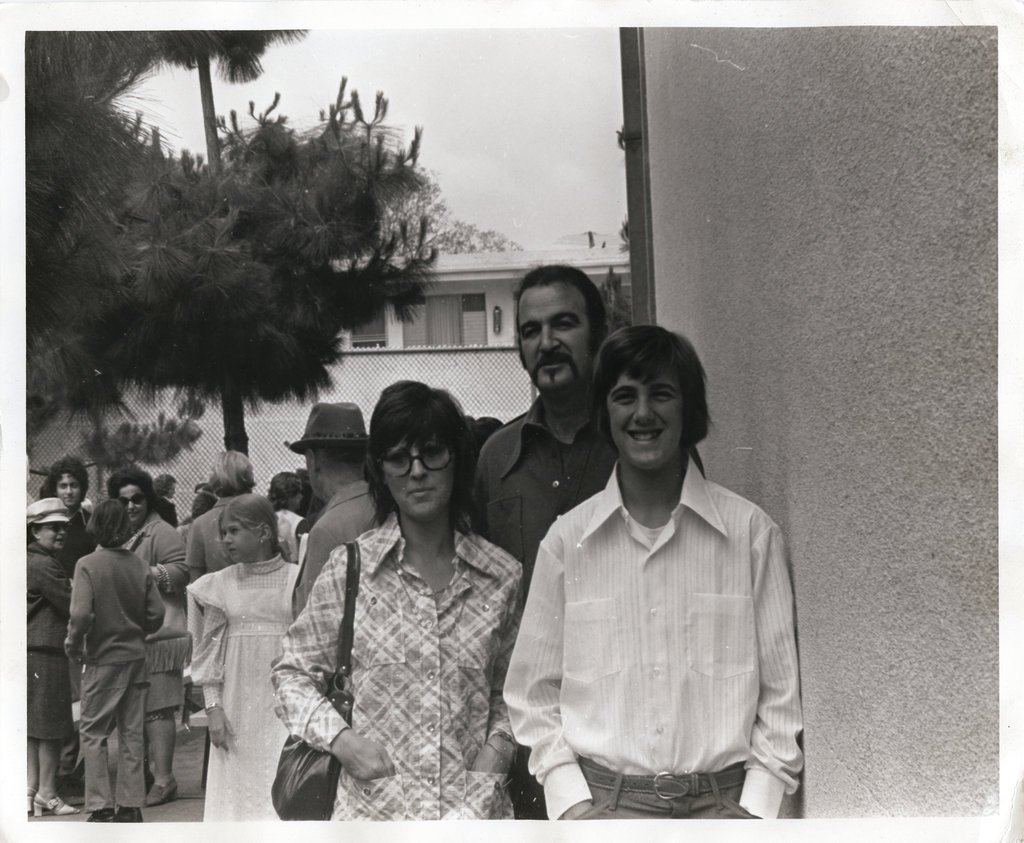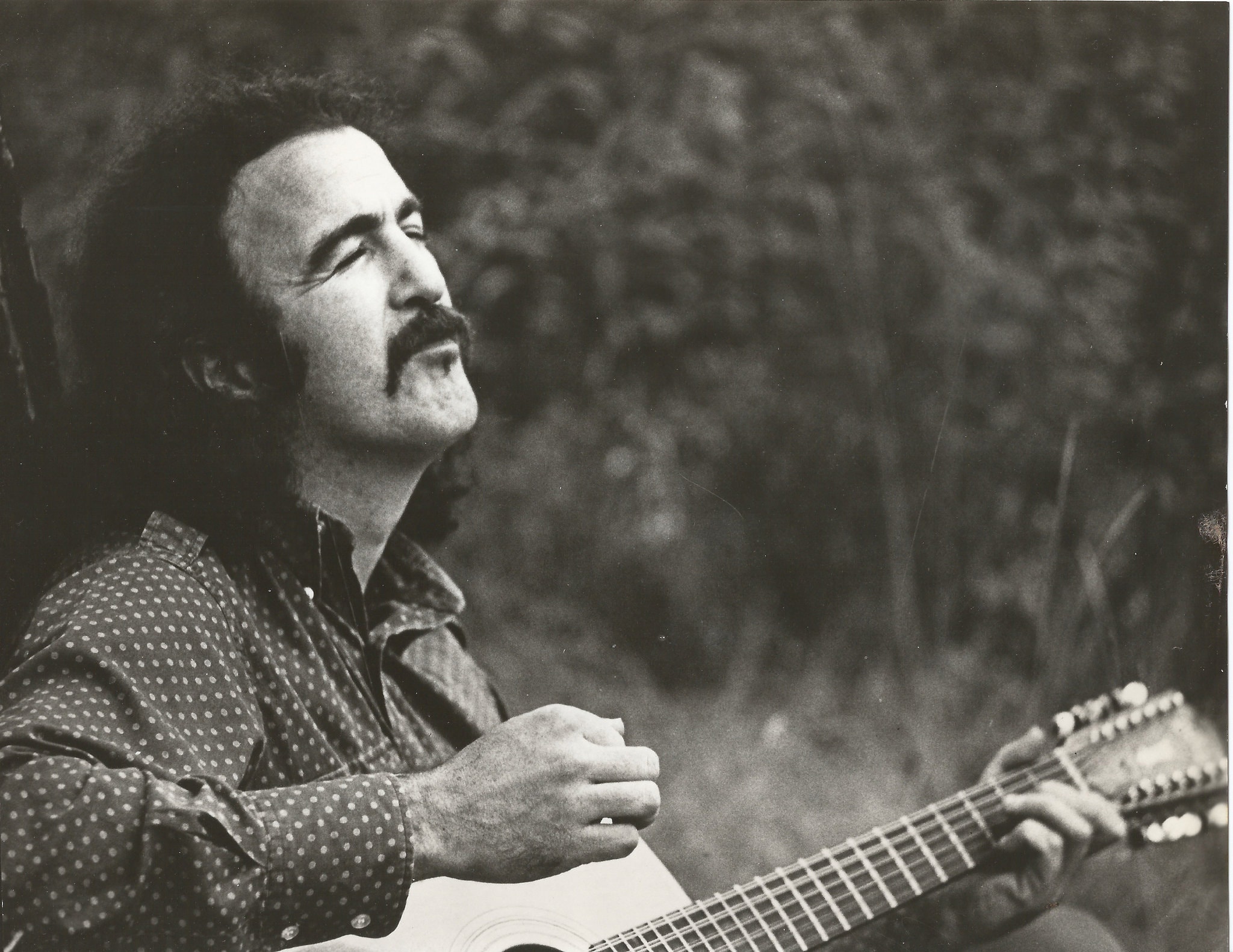Table of Contents Show
The stereotype of the tortured artist has been around since, quite literally, ancient times. It is a concept thought to be introduced by Plato, and it continued throughout history to become the archetype of a successful artist. Vincent van Gogh is a prime example of what is considered a tortured artist. He is known for his post-impressionist landscapes and self-portraits as well as his debilitating psychosis and severing of his left ear.
In modern times, we still classify some of the greatest artists of all time as tortured or as misfits. Kurt Cobain, Amy Winehouse, and Janis Joplin are all examples of legends in which part of the legend surrounding them is their substance abuse and struggles with mental health. It is often thought that creativity and mental illness go hand in hand, but is this theory doing anything other than romanticizing something many would not wish upon their worst enemy?

This misconception that artists must be tortured misfits to create good art is arguably tied to the stigma that shows up in popular portrayals of mental illness. An artist does not have to be tortured to make great art. Moreover, the “torture” of many of these artists is not so much inherent to the individual but a result of the industry. The music industry, in particular, is notoriously difficult even to enter. There is an endless competition of people around the world trying to make it big. Once someone “makes it” as a musician, they are then often surrounded by harmful substances and yes-men, and they work long hours because so many other people are dependent on their talent.
What happens when artists are pushed too hard by the pressures of “making it”? Unfortunately, many lose their success, and many die young. But some even disappear from the world of music, and the world in general, completely.
A Disappearing Act
There have been instances throughout history where artists and public figures have sought to escape the confines of traditional society by disappearing into the wilderness or living a life of constant travel. Perhaps one of the most notable examples of this is Henry David Thoreau documenting his time at Walden Pond. Although Thoreau was only about half a mile from the nearest town, he documented his participation in what he noted as the necessities of life. These essentials include food, shelter, clothing, and fuel. Thoreau was famously misunderstood and often regarded by others as cold and withdrawn in terms of personality and reputation. A misfit, so to speak.

Jack Kerouac’s novel On The Road emphasizes the importance of travel. The book is based on Kerouac and his friends’ own travels. It is a defining piece of work from the Beat Generation, a literary movement in which artists rejected American capitalism, materialism, and authority through their work. The book is considered a must-read for those who feel like somewhat of a misfit or at least want to get in the mind of one. It should also be known that Kerouac was a long-time alcohol abuser and died of liver complications.
There have been musicians and other artists throughout history who have taken to the lifestyles of people like Thoreau and Kerouac and appear to have completely dropped off the face of the earth after struggling with their music or the industry. What are their stories? Were they tortured artists?
Connie Converse
Born in New Hampshire in 1924, Connie Converse was an American artist who was active in New York City in the 1950s. She is often referred to as the first singer-songwriter, as her work is among the earliest known recordings of that genre. Converse was raised in New Hampshire in a religious family. Growing up, Converse showed an aptitude in nearly every subject. In high school, she received multiple academic awards and the honor of valedictorian. She received an academic scholarship to Mount Holyoke College in Massachusetts but left school after two years and made the journey to New York City. This devastated her parents.

Once in New York, Converse began writing songs and playing guitar for her friends. She also began smoking and drinking during this time which is rumored to be one of the reasons, along with dropping out of university, why her parents never supported her musical career. Her dad had never even heard her sing before his death. Converse lived in New York City through the early 1960s when artists like Bob Dylan quickly found mainstream success. Converse became frustrated with her lack of success in the music industry, and she moved to Ann Arbor, Michigan, where she worked as a writer and editor for an academic journal.
After leaving New York, Converse stopped writing music altogether. Towards the end of her time in Michigan, her family noted that she became more dependent on smoking and drinking. It seems as though no matter where Converse was geographically or where she was in her career, she could not escape the feeling of being misunderstood.
How Sad, How Lovely
The early 1970s were not a happy time for Converse. She was reported to be burnt out and depressed. The academic journal she worked for had left Michigan at the end of 1972. Around the same time, Converse was also told by doctors she needed to undergo a hysterectomy, an operation to remove the uterus, which devastated her greatly. In August 1974, Converse wrote a series of letters to her friends and family discussing her intention to build a new life elsewhere.
The letters explained that human society both fascinated her and filled her with immense grief, and she expressed frustration with finding her place in it all. Converse packed her Volkswagen Beetle and disappeared after the letters were delivered, never to be seen or heard from again.

About ten years after her disappearance, the Converse family hired a private investigator in hopes of finding her. However, the investigator explained that even if he did find her, he could not force her to return to her previous life. After this, her family decided to respect her decision to leave and stopped looking for her. Her brother suspects that Connie may have taken her own life, but her actual fate remains unknown. Today, Converse would be about ninety-six years old. She is likely no longer alive, but luckily, her music lives on after it was resurfaced and released in the 2000s.
In 2009, “How Sad, How Lovely” was released by Lau derette Recordings. Since then, Converse’s life and disappearance have been of interest to the public. Her music has been met with many positive reviews. Many in the music industry say that Converse was an artist ahead of her time between her pioneering in the singer-songwriter genre and themes of sexuality and individualism in her songs. Her music, often full of references to mythology and biblical imagery, displays her mysterious personality in an ethereal way.
It should be noted that Connie lived in a time where women who displayed signs of mental health issues were often looked down upon by others, sent away to an institution, or even lobotomized. Could it be the case that Converse was self-aware of her mental health struggles and wanted to make a choice to disappear before anybody made it for her? The events surrounding her disappearance remain mysterious, and we will likely never know the events of her life thereafter. However, Converse’s life lends itself to an interesting analysis of what happens when misfits feel overwhelmed by their differences in relation to those around them.
Jim Sullivan
Jim Sullivan, born in 1940, was an American singer-songwriter who disappeared in 1975. Sullivan was born in San Diego, California where, according to hand-written notes on his first LP record, he “grew up in a government housing project with a bunch of other Okies and Arkies.” Sullivan was known by many for his psych-folk style, large stature, and magnetic personality.
Sullivan eventually moved to Los Angeles with his wife Barbara, where she worked for Capitol Records, and he became well-known in local music clubs. Sullivan found a decent amount of success in Los Angeles. He became friends with many famous Hollywood figures through his performances in clubs and released the album “U.F.O.” in 1969.

The album was initially rejected by Capitol Records and released under a smaller label. Overshadowed by The Beatles’ famous album, “Abbey Road,” the album did not perform as well as Sullivan probably hoped. The cryptic lyrics within “U.F.O.” contain biblical imagery and talk of aliens and the beckoning highways of the American southwest. The album and its lyrics become even more peculiar following Sullivan’s disappearance as they, in a way, predicted the events of that day.
The 1972 Album “Jim Sullivan”
In 1972, Sullivan released his second album, “Jim Sullivan,” under, strangely enough, Hugh Hefner’s Playboy Records. However, like “U.F.O.,” this album did not perform very well as both stores and customers were not very fond of the attachment to the Playboy name. The album’s disappointing performance took a toll on Sullivan’s personal life. He and his wife eventually separated, and he felt the desire to escape and find a new life. He set his sights on Nashville, Tennessee, to find work as a musical artist.
In March 1975, Sullivan left Los Angeles to drive to Nashville in, just like Connie Converse, a Volkswagen Beetle. After driving for a while, he checked into a hotel in New Mexico. He reportedly bought vodka from a convenience store and then abandoned his car at a local ranch. He was last seen walking away from his car, which contained his money, clothes, a guitar, and a box of unsold records. Sullivan’s wife eventually revealed that she had talked to her husband on the phone the day he disappeared. She described the phone call as very cryptic, but Jim said he would call her when he got to Nashville.

Some theories surrounding Sullivan’s disappearance include that Sullivan was murdered or became disoriented and got lost in the desert. Some fans even believe he may have been abducted by aliens, fulfilling the prophecy set by his first album. In 2010, Sullivan’s “U.F.O.” was rereleased and garnered up significantly more sales than its original release. There is a strange phenomenon that occurred with both Connie Converse and Jim Sullivan in which their music became more famous after they disappeared. Ironically, their hopes of escaping the world made them more famous than they ever were while immersed in society.
What Can We Learn From Connie And Jim?
It seems as though Converse and Sullivan never received the amount of fame to cast them as famous tortured artists. However, they could definitely be considered misfits who sought escape. Connie went on record, saying she, for some reason, could not fit in with the people around her. And Jim was known for his strange lyrics about beings from other worlds. Their cases, however, are a reminder that there should be more support for those trying to make it in the music industry.
In a way, Converse and Sullivan saw that the music industry was encouraging the stereotype of being a tortured artist as a prerequisite for creating art. Perhaps, in Sullivan’s case, he accepted the small success he obtained from recording an album and performing in famous Hollywood clubs and got out while he could. Perhaps Converse did not want to perpetuate her seemingly existing mental health issues. Perhaps they started a new life on an island of misfit musical artists, where they continued to create art for the rest of their lives. All we can do now is accept these artists’ disappearances and enjoy the music that they so badly wanted to share with the world.
